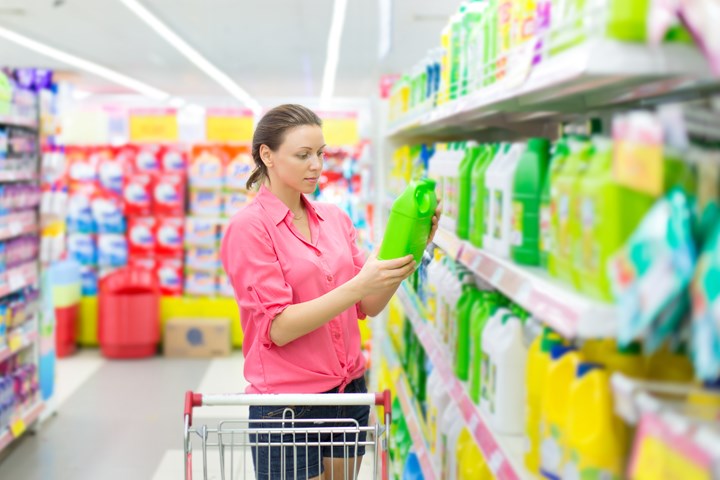HDPE Represents a Step-Change in Performance for Blow Molded Bottles and Containers
ExxonMobil’s new Paxon SP5504 HDPE boasts excellent ESCR without compromising stiffness, impact, top load performance, or processability
A novel unimodal HDPE launched by Houston-based ExxonMobil is said to represent a step-change in ESCR (Environmental Stress Cracking Resistance) performance without compromising stiffness, impact, top load performance, or processability performance for blow molded bottles and containers.
Paxon HDPE SP5504 boasts a paradigm shift in the properties normally associated with the currently available unimodal HDPE resins with its superior ESCR performance which makes it ideally suited to household and industrial chemical (HIC) bottles and containers for products like bleach, wipes, and agricultural chemicals.
Said business development manager Dr. James Stern for North America & EMEAF, “Until now, converters have often had to compromise to get the right ESCR performance of blow molded HDPE bottles and containers. But, because there is no compromise in density or melt index, Paxon SP5504 enables converters to create cost-effective, innovative packaging solutions for household and industrial chemicals.”
In terms of performance, processability and value-based performance, Paxon SP5504 reportedly fills the space between unimodal and bimodal HDPE grades. Said Stern,“Because of the superior performance of Paxon SP5504, it can be used as a drop-in solution for unimodal HDPE but with a better balance of properties. Or it can be used to replace bimodal HDPE grades in applications that have had to be over-engineered to obtain a desired balance of ESCR and stiffness.”

Paxon SP5504 is said to enable the production of multiple applications from standard blow molding through to more demanding HIC type applications, plus more complex molded designs can be fabricated with this one material. Brand owners can now be more creative with their packaging designs, while converters can reduce polymer inventories.
An added bonus of using Paxon SP5504 that is being further researched is that PCR (post-consumer recyclate) content can be increased with minimal impact on its properties. Said global polyolefin product technology manager Mark Canright, “Blow molded HDPE parts typically contain PCR in the core of multi-layer bottles and containers. In California, for example, the current mandate for PCR content in blow molded HDPE parts is 25 percent and this is expected to rise in the next year. But, adding PCR can impact the properties of the virgin material, such as ESCR and top load. Paxon SP5504 enables converters to add even more PCR without significantly compromising the properties of the finished parts.”
With the industry driving towards increased recycling of post-consumer plastic waste (PCR), ExxonMobil has demonstrated value-in-use at PCR levels at and above 25 percent, which may help brand owners and converters to meet changing sustainability targets. Said Stern, “This new product will be an ‘enabler’ for the value chain to create truly innovative solutions for blow molded HDPE bottles and containers. Ongoing commercial tests and trials with converters and brand owners are proving highly successful, so we are confident about the interest this new solution will generate across the value chain.”
Related Content
-
Prices Up for All Volume Resins
First quarter was ending up with upward pricing, primarily due to higher feedstock costs and not supply/demand fundamentals.
-
The Fundamentals of Polyethylene – Part 1: The Basics
You would think we’d know all there is to know about a material that was commercialized 80 years ago. Not so for polyethylene. Let’s start by brushing up on the basics.
-
Prices Up for PE, PP, PS, Flat for PVC, PET
Trajectory is generally flat-to-down for all commodity resins.








